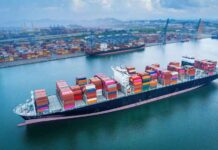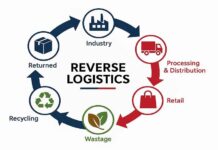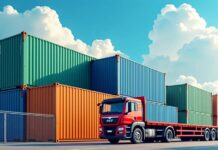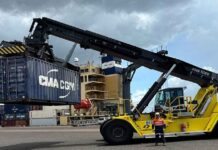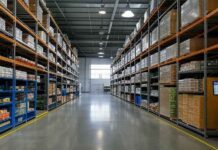How Trump’s Automotive Tariffs Affect the Supply Chain
Citing national security worries, US President Donald Trump and his administration have declared a 25% tax on components and automobiles.
Donald Trump, president of the United States, has announced the application of 25% automotive tariffs on imported cars—including sedans, SUVs, crossovers, minivans, and light trucks—along with major auto parts such engines, transmissions, powertrain components, and electrical systems.
Aiming to strengthen domestic manufacturing and prevent perceived national security concerns, the broad policy set to take effect on April 3, 2025.
Analysing Trump’s Automotive Tariffs
President Trump’s choice uses Section 232 of the Trade Expansion Act of 1962 to say these tariffs are absolutely necessary for the survival of the homegrown car industry.
The government underlines that almost half of the cars bought in the US in 2024 were imports; just 25% of these cars’ parts were made in the country.
They contend that this situation endangers the stability of the US automobile sector, particularly in light of the types of supply chain interruptions experienced during the COVID-19 crisis.
Strategically placed to encourage self-reliance and strengthen the US automotive supply chains, the tariffs are considered vital for national security reasons.
Although these automotive tariffs are broad, there is an exception for parts matching the US-Mexico-Canada Agreement (USMCA). At least until more clearly defined rules are created, USMCA-compliant vehicles can be certified for their US-origin components, maybe excluding the value of non-US parts from the levies.
Domestic Profits and Worldwide Suffering
Domestically, the action seeks to guide customer choice towards home-grown car manufacture. Higher prices of imported cars and components should, ideally, make US-made cars more attractive, maybe boosting jobs and private investment in the industry.
Still, it’s not all smooth sailing. Analysts warn that this could increase car prices for the American consumer, particularly so for those manufacturers whose production lines are closely interwoven into the worldwide supply fabric. Giants like General Motors and Ford, with significant interests in Mexico, may find themselves back at the drawing board creating plans to soften the economic blow.
Overseas, the EU, a significant shareholder impacted by the tariffs, has voiced great discontent. Ursula von der Leyen, president of the European Commission, stated on LinkedIn: “I deeply regret the US decision to impose tariffs on EU automotive exports. Tariffs are taxes – bad for businesses, worse for consumers, in the US and the EU. The EU will continue to seek negotiated solutions, while safeguarding its economic interests.”
Returning to North America, Canada is already engaging in a trade conflict with the US. Already denouncing the most recent levies as a “direct assault” on Canadian auto workers, Prime Minister Mark Carney
EV Effect
Electric cars (EVs) add another degree of difficulty. Though innovative, American EV creators much depend on foreign components—especially batteries whose supply chain originates in China, the top EV battery exporter.
Automotive Tariffs presently surrounding components vital for EVs like those in Ford’s Mustang Mach-E or General Motors’ different models may cause the US to slow down its EV adoption as increased production expenses push prices higher.
But local behemoths like Tesla or newcomers like Hyundai, with significant US manufacturing footprints, could escape the worst of these tariff storms. This difference highlights a possible move towards greater in-house manufacturing, but not without significant investments and strategic operations recalibrations.
Essentially, Trump’s tariffs are cutting out a new shape on the world automobile scene, loaded with possibilities and fraught with obstacles.



